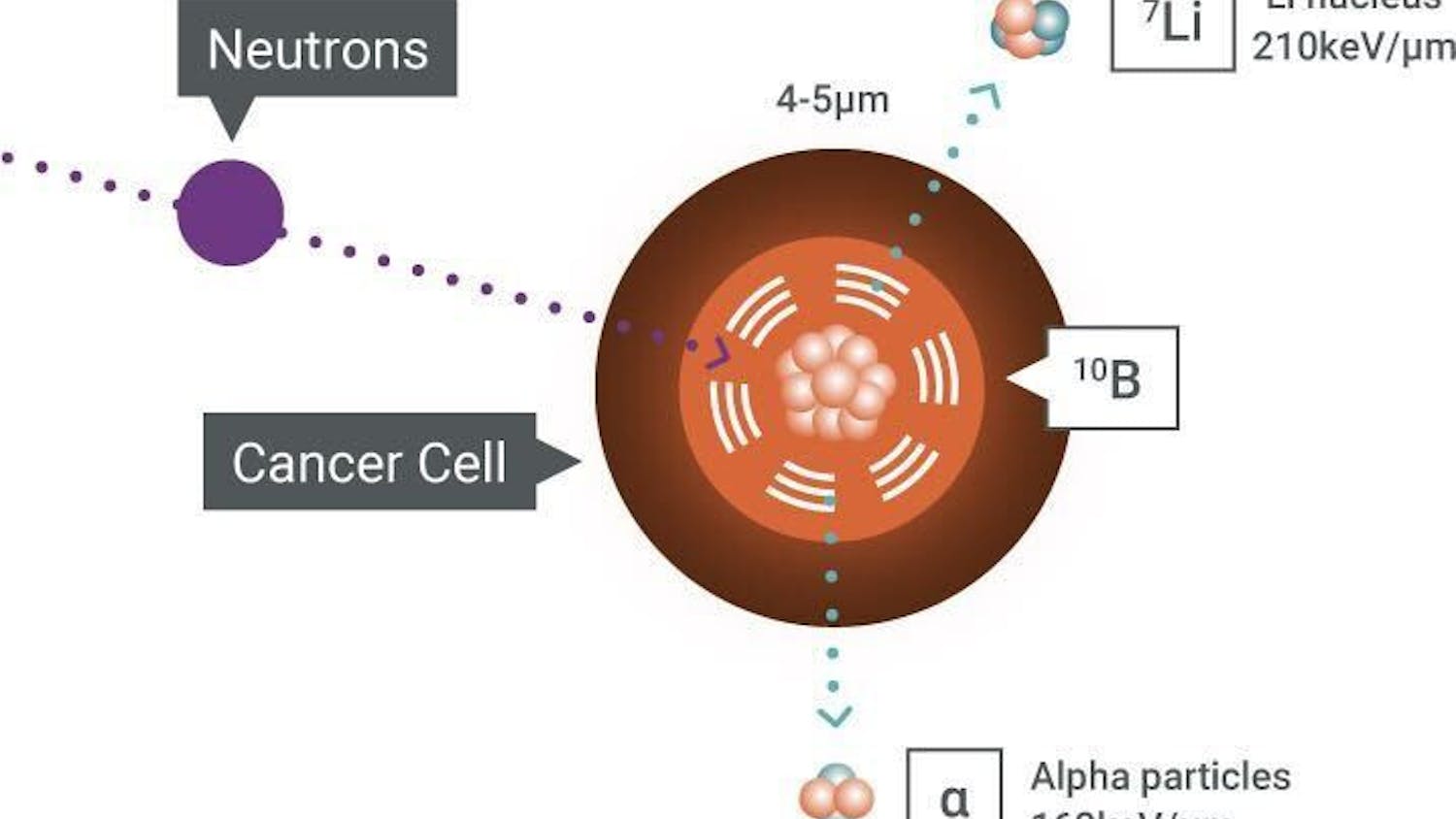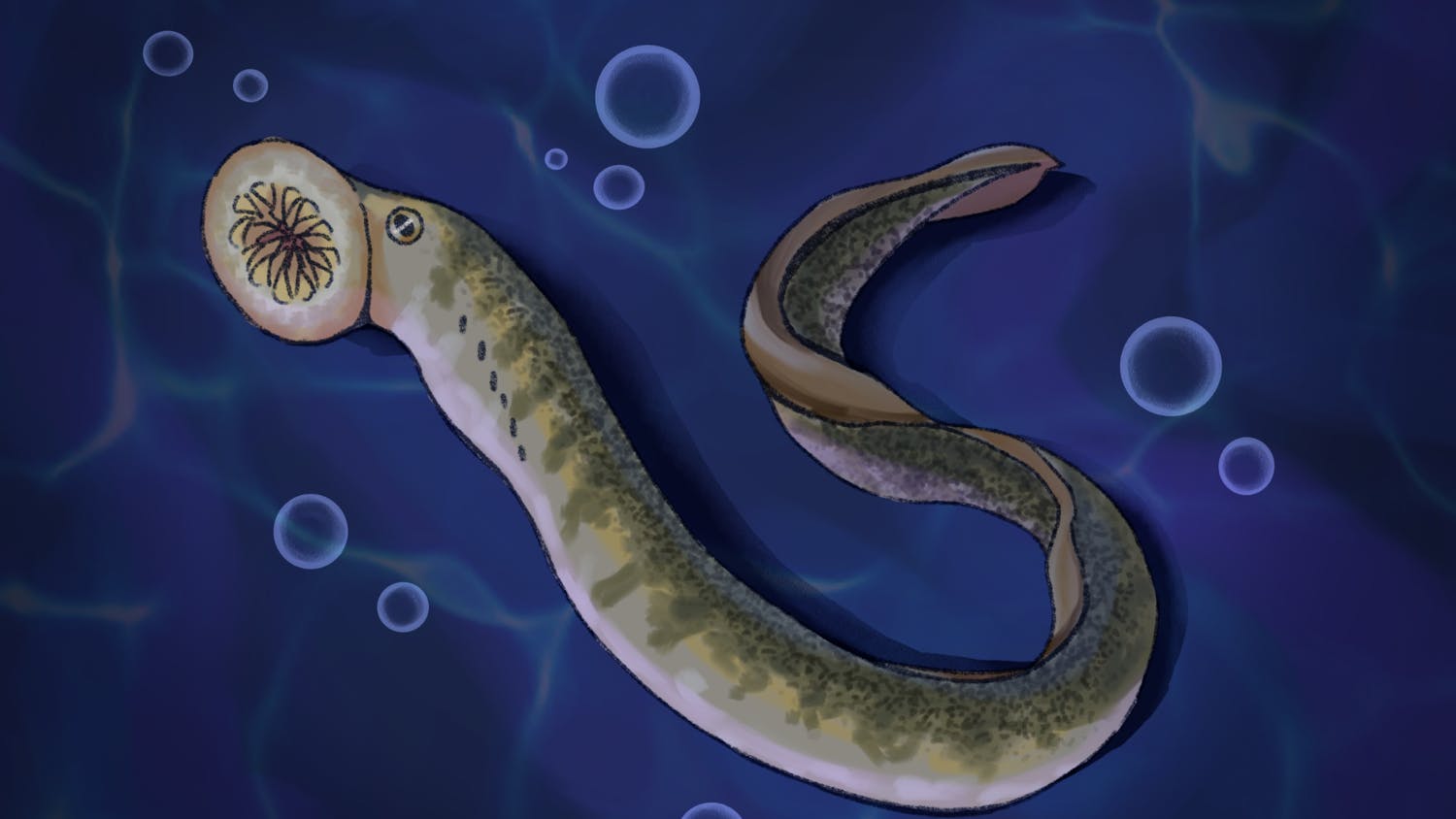University of Wisconsin-Madison professor of chemistry, Shannon Stahl, received one of the five Presidential Green Chemistry Challenge Awards from the U.S. Environmental Protection Agency for his work with aerobic oxidations. Green chemistry concerns the reduction or elimination of hazardous wastes through specifically researched products or processes. It represents an effort toward providing environmental benefit via cleaner air and water through toxic waste elimination. The award was created by the EPA to recognize novel green chemistry.
One of the classic organic chemistry reactions is the oxidation reaction where one atom loses electrons and simultaneously increases its valence number. Oxidation is one of the core chemical reactions taught to students taking organic chemistry. Chromium oxide, as most students recognize and what most labs utilize, is the reagent used for alcohol oxidation.
“Well it’s a great pedagogical tool but the problem with that method is that you can’t scale that method and still be environmentally sound because the amount of chromium waste that you generate in the process is just too large…I think it is quite striking that when you take sophomore organic chemistry and you learn about oxidation, you never learn a single oxidation reaction that uses oxygen as the oxidant,” Stahl said.
Oxygen is the most green and abundant oxidant available, but has been selected against for its poor reactivity and possible safety issues. And, the main reason for its lack of use as an oxidant is because methods which can use oxygen selectively have not been developed until now.
Stahl discusses two examples of how oxidation is used. One is how humans do this process naturally when we metabolize food. We combine oxygen with sugars and generate energy to conduct our life processes. In the automobile industry, as another example, gasoline is oxidized, resulting in a combustion reaction that forms carbon dioxide and water.
“In the pharmaceutical industry and the chemical industry, if you want to do an oxidation reaction, you don’t want carbon dioxide and water unless you are trying to generate the energy or the electricity that runs in your plant,” Stahl said.
The idea is to do selective oxidation, so the process can be stopped before carbon dioxide and water are generated. The method by which to do this is developing and using catalysts. Catalysts are substances that lower the activation energy or the energy needs for a reaction to occur. A catalyst does not get consumed in the reaction.
“The idea is to develop a catalyst that will allow the combination of oxygen and the organic molecule, say a pharmaceutical pre-cursor, to combine and do something selective where the only by-product is water,” Stahl said.
With over 15 years of research, Stahl and his collaborators have been working to develop new methods to use oxygen from the air for selective oxidation so that this process can be transferred into the pharmaceutical, agrochemical and biochemical industries. Component parts of these industries such as creating polymers can be prepared via an oxidation.
Since Stahl’s post-doctoral research is concerned with oxygen-specific enzymes used for selective oxidation, the researcher has placed part of his lab’s efforts on doing green chemistry.
“The question was how can we do what nature does but make it practical and useful to solve many of the environmentally damaging by-products…How do we harness oxygen as an oxidant just like nature does but do it in a way that’s really useful for the pharmaceutical industry, the agrochemical industry or the biochemical or the commodity chemicals industry. Nature does it all the time, why can’t we?” Stahl said.
Students that take the UW-Madison course Chemistry 344, which is the organic chemistry lab, will encounter an alcohol oxidation, similar to Stahl’s work with the pharmaceutical industries. The next step in the process is to make this reaction a commonly used one so that it becomes a typically taught textbook reaction.
Starting with just fundamental research which created new knowledge without any industrial relevance, the research team has arrived at this significant breakthrough which brought their work to fruition.
Stahl’s research team first collaborated with a pharmaceutical company, Eli Lilly and Company, where they began attempting to solve the real-word practical green chemistry problems. From then, the team collaborated with Thatcher Root, professor of chemical and biological engineering at UW Madison. The two have now expanded to include collaboration with Eli Lilly and Company, Merck & Co. and Pfizer to implement aerobic oxidation into pharmaceutical synthesis.
This research has been funded in part by the National Institutes of Health with the stimulus package, U.S. Department of Energy and from the collaborative companies.






